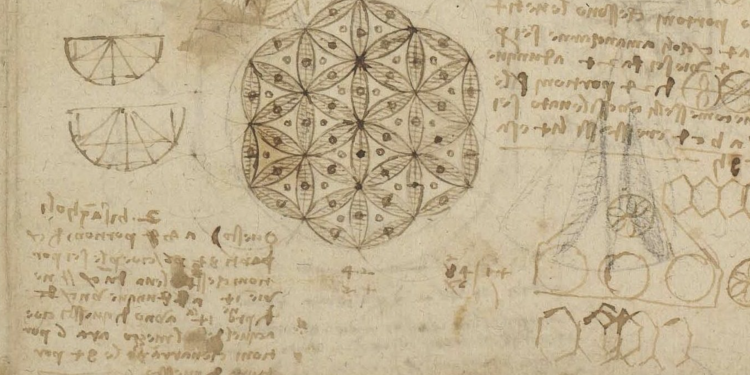Recent research finally unveils the cause of the perplexing black stains appearing on Leonardo Da Vinci’s famous Codex Atlanticus, a collection of his most prominent drawings and writings.
The Enigma of Black Stains on the Codex Atlanticus
Since 2006, mysterious black stains have appeared on the Codex Atlanticus, alarming curators who worried about losing Da Vinci’s largest collection of drawings and writings. The Codex Atlanticus, an invaluable collection of drawings, writings, and scientific studies, stands as a testament to the extraordinary genius of Leonardo da Vinci.
Spanning from 1478 to 1519, this voluminous work comprises 1,119 paper leaves (2,238 pages), 12 volumes. It contains a myriad of diverse subjects, including mechanics, mathematics, astronomy, botany, and cartography, as well as artistic studies and sketches. Named after its large “Atlantic” paper format (approximately 65 x 44 cm), the Codex Atlanticus is a treasure trove of Leonardo’s intellectual explorations and serves as a key resource for understanding the depth and breadth of his work.
Currently housed in the Biblioteca Ambrosiana in Milan, the Codex Atlanticus provides invaluable insights into the mind of one of history’s most celebrated polymaths and continues to fascinate scholars, researchers, and enthusiasts alike.
Investigating the Cause of the Stains
Previous studies eliminated microbiological deterioration as the cause of the stains. New research using hyperspectral photoluminescence imaging and UV fluorescence imaging found starch and vinyl glue in the heavily stained areas, particularly near the edges of the pages where they are bound.
Understanding the Origins of the Stains
The researchers identified inorganic nano-particles composed of mercury and sulfur, known as metacinnabar, within cavities on the passe-partout paper separating the pages of the codex. They believe the deposits resulted from restoration efforts at the Abbey of Grottaferrata between 1962 and 1972 when the codex pages were separated with passe-partout.
The Mercury and Sulfur Connection
The presence of mercury may be linked to the addition of an anti-vegetative salt in the glue mixture used during Grottaferrata’s restoration, applied only in specific areas of the passe-partout paper to ensure adhesion and prevent microbiological infestations. The sulfur’s presence could be attributed to air pollution in Milan during the 1970s or additives in the glue, eventually reacting with mercury salts and forming metacinnabar particles responsible for the black stains.
The study was published in Nature.











